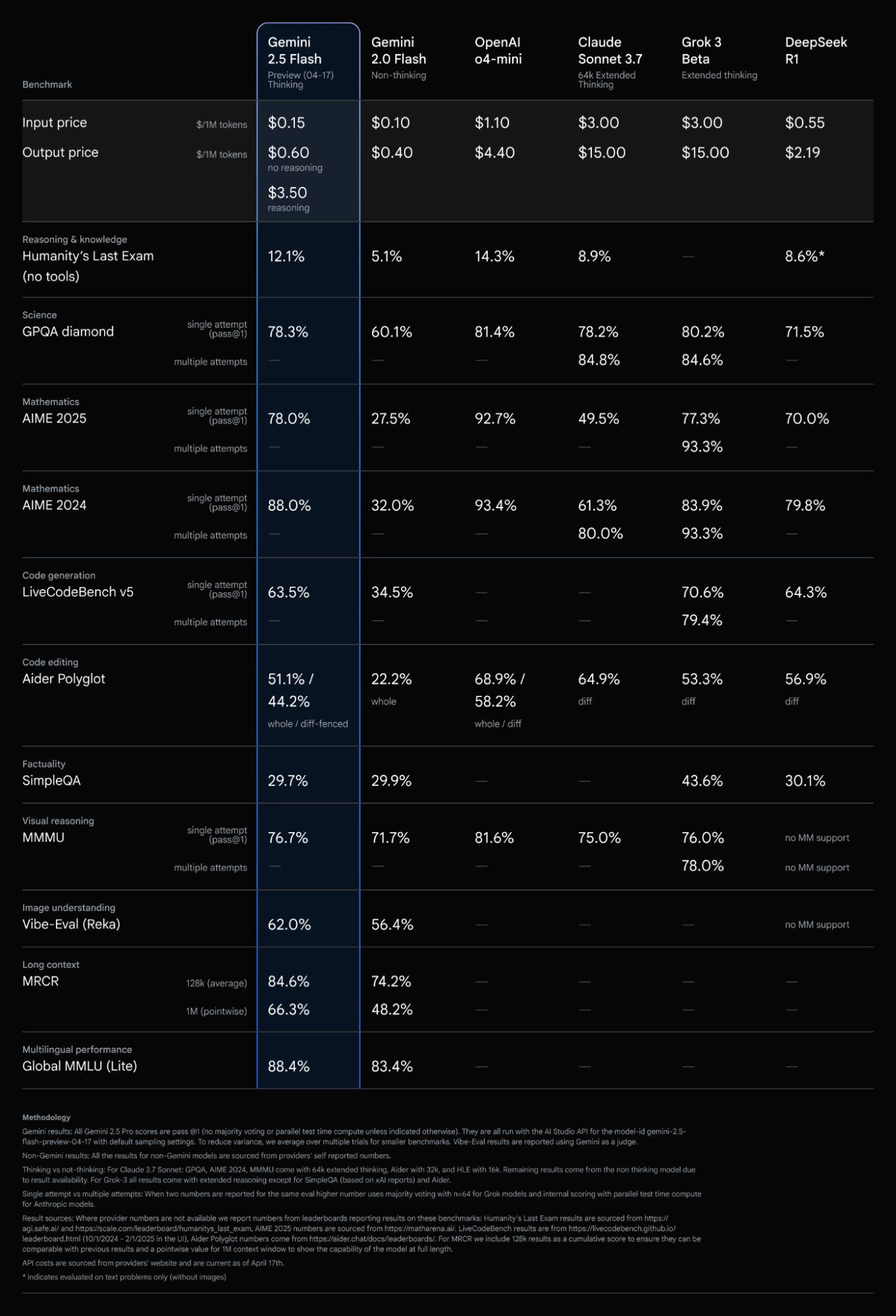
Enterprise network infrastructures have evolved significantly alongside the rise of cloud computing, Software-as-a-Service (SaaS), and AI. As businesses transform and become more sophisticated, organizations today should expect no less than an always-on, high-performance network connectivity that’s reliable across the globe. To solve new challenges, IT leaders need to look into their existing infrastructures to keep up with modern operations.
Addressing performance gaps in the modern workplace
The rise of AI, emerging technologies, and modern workflows has significantly increased the volume of data flowing through networks every second. This puts pressure on existing infrastructures, causing bottlenecks that may trigger a cascade of issues that hinder business productivity and innovation.
As the volume of data generated, transferred, and processed grows exponentially, the surge in data flow demands much greater bandwidth, alongside more agile and resilient network architectures. To ease the strain on their networks, many enterprises are increasingly incorporating Internet connectivity alongside their private networks as part of a hybrid approach.
However, even though it may sound like an easy fix on the surface, the reality is that this hybrid approach introduces new challenges, such as:
- Inconsistent performance across geographies: emerging markets may experience higher latency and packet losses due to slower Internet speeds, impacting workflow
- Complex multi-ISP environments: different ISPs have different service levels and network policies, which can lead to inconsistent user experiences, and an added layer of complexity when dealing with security matters
- Limited Quality of Service (QoS) guarantee: while private networks traditionally provide strong Quality of Service (QoS) guarantees, the Internet often does not—placing critical applications such as video calls and essential business tools at risk of degraded performance, especially during peak usage periods
Maximizing IT efficiency with edge-to-cloud solutions
Enterprises face several network challenges that hinder efficiency and competitiveness. These include network congestion, which slows down critical business applications; high latency, impacting real-time communication and cloud access; and security risks, exposing companies to data breaches and cyber threats. Additionally, inconsistent bandwidth management and a lack of network reliability can disrupt operations, especially during peak usage times.
Singtel Algo-Routing solves these issues by intelligently routing traffic in real time, reducing congestion, improving speed, and ensuring secure, reliable network performance, even in the most demanding environments. With more than 30%* improvement in Internet performance, the solution enables consistent service levels even during peak demand.
Its features include dynamic routing that leverages intelligent AI algorithms to adjust routing and prioritize critical traffic, site-to-site traffic optimization that enhances data transfer speeds and application performance, and site-to-cloud traffic optimization across multiple cloud providers with seamless integration and no vendor lock-ins. This helps enterprises deliver smarter, faster, and more resilient networks.
This intelligent solution enhances the overall user experience and performance, with performance guarantees and a unified platform that delivers end-to-end visibility. With the capabilities of Singtel Algo-Routing, IT teams anywhere around the world can have full oversight to manage complex environments while delivering seamless, high-speed connectivity across multiple locations and cloud providers.
Leveraging AI to transform the network infrastructure
One example is a global provider of fresh and processed food, which transformed its network connectivity at its remote Sierra Leone site. The organization previously had experienced frequent delays and high latency in accessing its centralized SAP system, which interfered with its inventory management and operations. This disrupted productivity levels, and resulted in an increased reliance on manual tasks.
After deploying Singtel Algo-Routing over its existing Internet connection, the business could resolve bottlenecks swiftly using intelligent AI algorithms to dynamically route traffic based on real-time network conditions. Despite being in a geographically remote area, Singtel Algo-Routing was able to bypass the limitations of the public Internet infrastructure, resulting in high availability and significantly reduced latency.
Optimising network performance through unified service management
It is often a significant challenge to manage a multi-vendor network environment due to multiple portals, fragmented visibility, and the different standards and processes across different service providers. Singtel addresses this through the Multi-Vendor Managed Services (MVMS) as part of the Singtel CUBΣ portfolio.
MVMS offers unified connectivity providers, proactive monitoring and support, integration with operations management systems like ServiceNow for automated ticket logging and faster resolution, and a comprehensive view of network performance across multiple subscribed ISPs. This centralized platform offers organizations a singular view of their network inventory, performance metrics, and incident management.
Traditional WAN models are no longer sufficient in this new era of global connectivity. As enterprises continue to embrace AI, cloud computing, and modern workflows, having a high-performance network infrastructure becomes critical for long-term platform sustainability and scalability.
Find out how Singtel Algo-Routing and Singtel CUBΣ can future-proof your network infrastructure.
*Dependent on the specific traffic path from source to destination






















